|
Continuing the theme of "Animals That Have Attacked Musicians." Did you know Lady Gaga was bitten by a slow loris, the only venomous primate in the world? Lady Gaga was using the animal as a prop in a music video. The loris, often called the "cutest animal on Earth," bit her finger. She was not seriously harmed, and she was reportedly a good sport about the bite. After the incident, the production crew decided not to use the loris in the video. This is fortunate because slow lorises are endangered, and they are highly sought after as (illegal) pets. Whenever a slow loris video goes viral on social media, this results in a spike in the number of lorises illegally collected from the wild and sold as pets. Photo Credits: - Lady Gaga - Vimeo: SB50 Lady GaGa Interview - Creative Commons Attribution 3.0 Unported via Wikimedia Commons - Slow Loris - OpenCage - Creative Commons Attribution-Share Alike 2.5 Generic - via Wikimedia Commons
0 Comments
Continuing the theme of "Animals That Have Attacked Musicians." Did you know Paul McCartney was swarmed by green locusts while performing on stage in Goiania, Brazil? Hmm... I've never heard of locusts attacking a Beatle. 😐 At this concert, which kicked off a world tour, the grasshoppers were apparently drawn to the stage lights, and soon thousands of them were swarming the stage, and at times McCartney was almost covered from head to foot. Did he quit performing? Of course not, he's Paul McCartney, known for powering through his entire energetic performances without taking a break, sometimes without even taking a drink of water. He played through the three-hour set, undaunted by the swarm. The green grasshopper is known as the Esperanca Grilo, which literally means "hope grasshopper." One particular grasshopper stayed on Paul's shoulder through the entire show, and at one point he introduced the grasshopper as "Harold" to the crowd of 47,000 fans. Photo Credits: - Paul McCartney - Raph_PH - Creative Commons Attribution 2.0 Generic - via Wikimedia Commons - Green grasshopper - DepositPhotos My rather unusual theme for the next few Awesome Animal Facts: ANIMALS THAT HAVE ATTACKED MUSICIANS. Did you know Johnny Cash was almost killed by one of his ostriches in 1981? Years ago, I read Cash's autobiography, and I was fascinated by his account of this attack, in which he wrote that he was almost killed by the animal. Johnny Cash kept an animal park on his property in Tennessee. The musician was on a walk by himself when he got into a confrontation with his rather territorial male ostrich. Cash decided to show the bird who was in charge, but this didn't go as well as he'd hoped. The ostrich kicked him, and its long defensive claw tore open his abdomen and broke two of his ribs. Then he fell to the ground, hit a large rock, and broke two more ribs. The gash in his stomach would have been much worse if the downward-slashing claw had not stopped when it hit Cash's belt buckle. As if that weren't bad enough, the injury almost killed him in a second way. The prescribed drugs given to him for the pain led him back into the drug addiction that he had struggled to overcome years before. Photo Credits: - Johnny Cash - Dillan Stradlin - Creative Commons Attribution-Share Alike 4.0 International - via Wikimedia Commons - Ostrich with mouth open - DepositPhotos Did you know there are two species of katydids in Southeast Asia that mimic a black ant when they are young nymphs? They are often called ant-mimicking crickets.
You probably know that adult katydids are large and green. The adults actually mimic leaves to hide from predators. Most species of katydids have nymphs that look like... well, like miniature green katydids. But two species in the genus Macroxiphus have nymphs that do a remarkable job of looking and acting like ants. Why? Because many predators avoid ants, especially ants that look like a soldier backed up by a massive, powerful army that will attack if you pester them. Anyway, these Macroxiphus katydids live in places where there are colonies of aggressive black ants. The katydid nymphs are black and look astoundingly similar to black ants. Even their long antennae are disguised to look like short ant antennae. How? By being black only near the base, making it harder to see the rest of the antennae. They even vibrate their antennae the way ants do. So, these harmless, vulnerable baby katydids can go about their daily business protected only by their resemblance to a black ant. As they grow larger, they turn into normal green katydids. Below is a Macroxiphus nymph. Did you know the hornet moth looks so much like a hornet that predators refuse to attack it? These large moths live in Europe and the Middle East, as well as in North America, where they have been introduced by humans. This is a terrific example of what is called Batesian mimicry (when a harmless animal has evolved to look or behave like a dangerous animal as a form of protection). This moth has taken this mimicry thing to a whole new level—when disturbed, it flies in a jerky motion, like a real hornet does. And its wings are even clear, like a hornet's wings. As you can guess, these moths don't have a stinger and are completely harmless. But sometimes just looking and acting mean is enough. Most predators aren't willing to risk getting stung, so they leave this moth alone. Photo Credits: - Hornet Moth - Lukas Jonaitis from Vilnius, Lithuania, CC BY 2.0, via Wikimedia Commons Did you know the pygmy shrew can eat one and a quarter of its own body weight in one meal? They often eat three times their body weight every day.
These voracious little predators weigh less than an ounce, but they make up for it in fierceness and appetite. They hunt and eat spiders, insects, and isopods (woodlice). Pygmy shrews are alway hungry, and they eat every 15 to 30 minutes, day and night. Their metabolism is so high that if they go a whole hour without eating, they will die. And they can't survive in temperatures above 77º F (25º C). There are two species, one in the northern parts of North America, the other in northern Europe and Asia. These little shrews have the fastest heartbeat (1,200 beats per minute) of any mammal. They also have one of the shortest life spans (11 to 13 months). It's life in the fast lane for pygmy shrews. No time for resting, which is why they never sleep more than a few minutes at a time. |
Stan's Cogitations
Everyone needs a creative outlet. That's why I write. Archives
July 2024
|

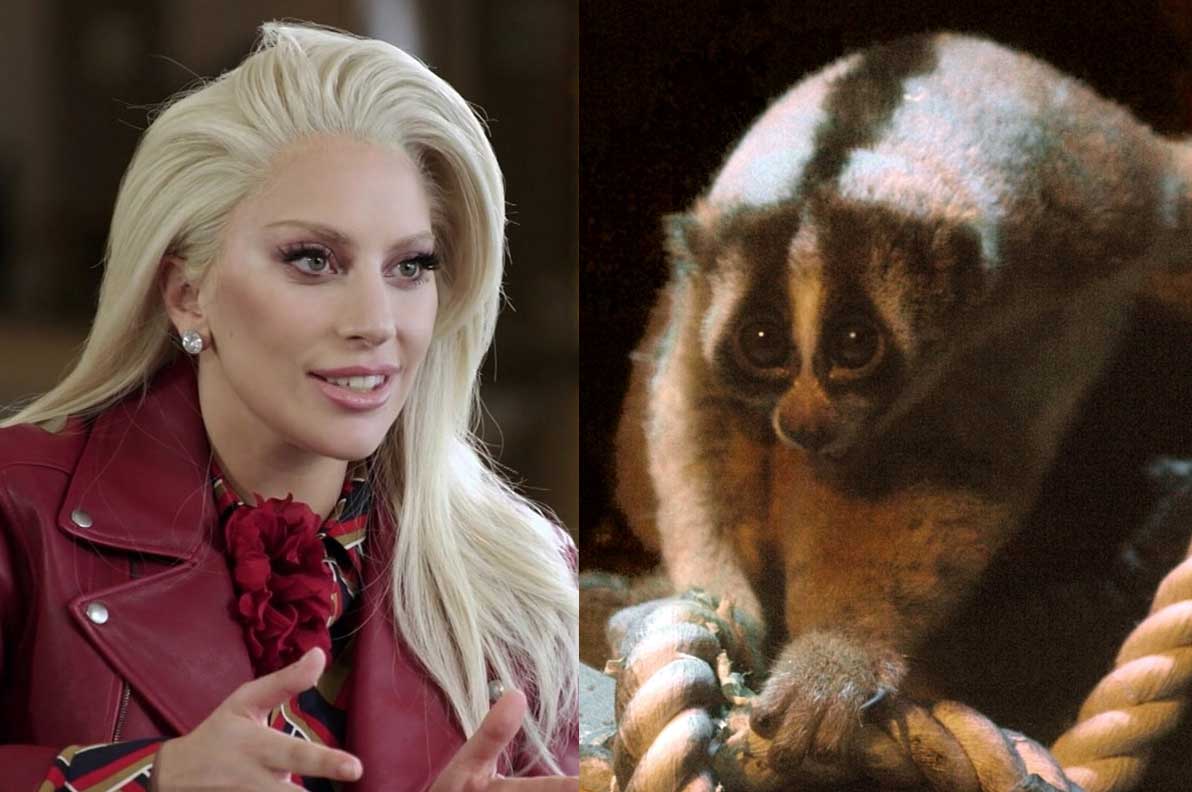
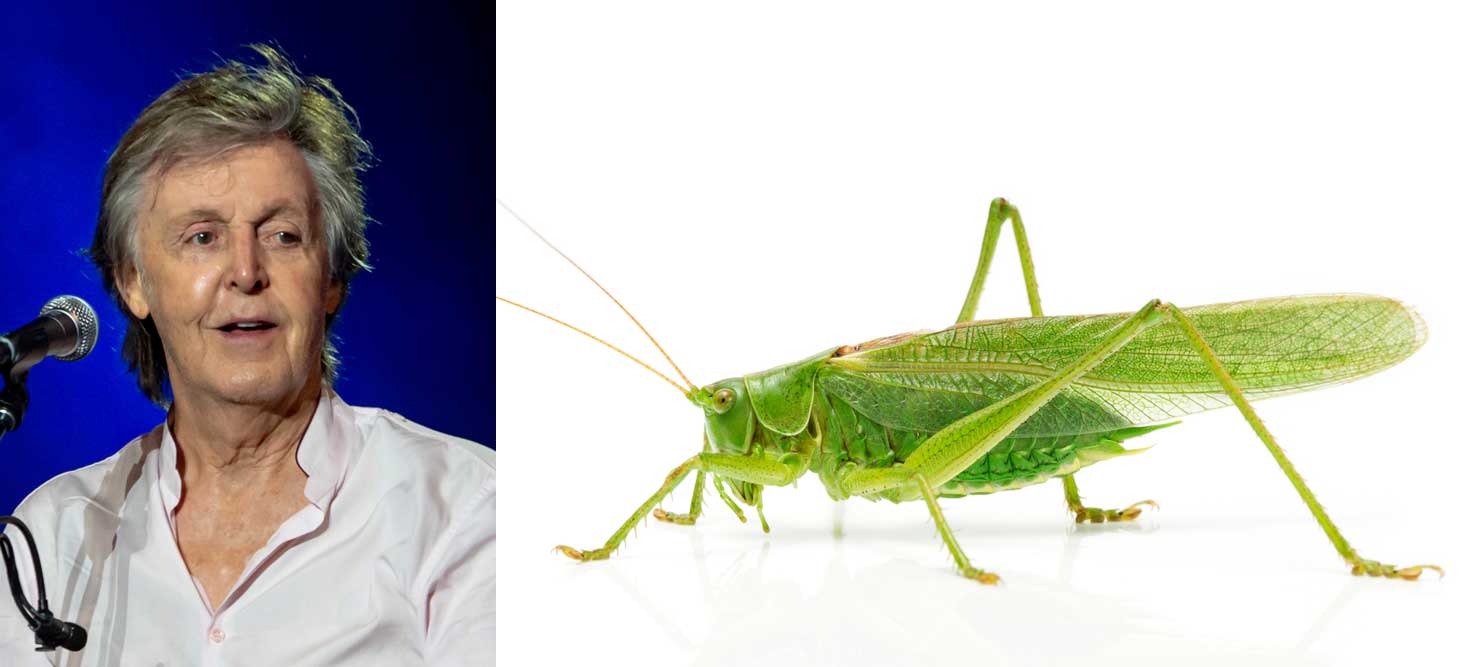
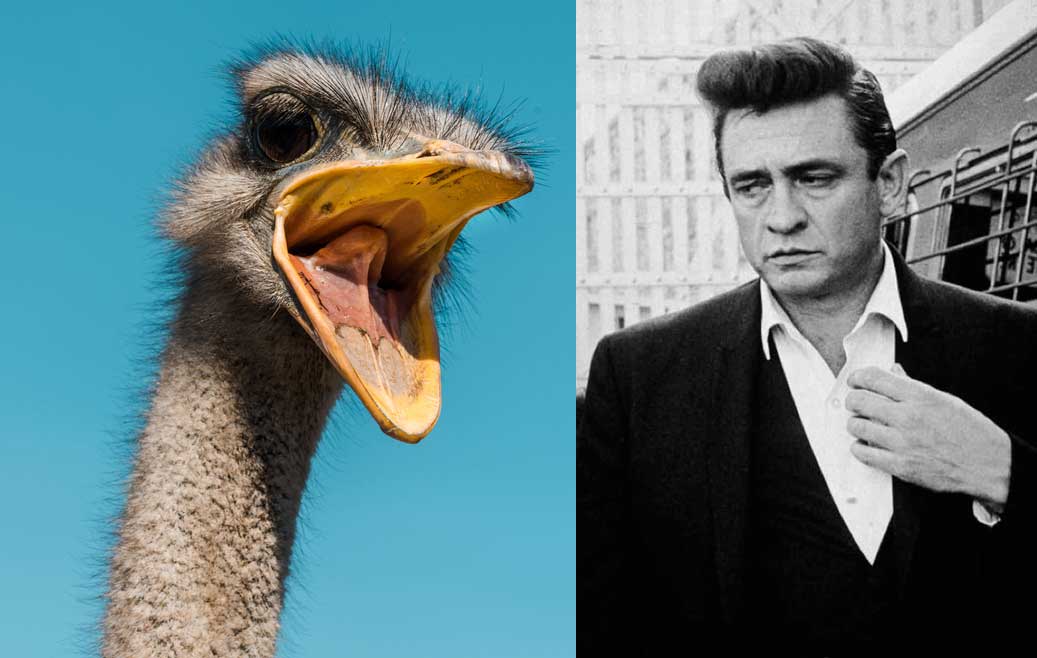
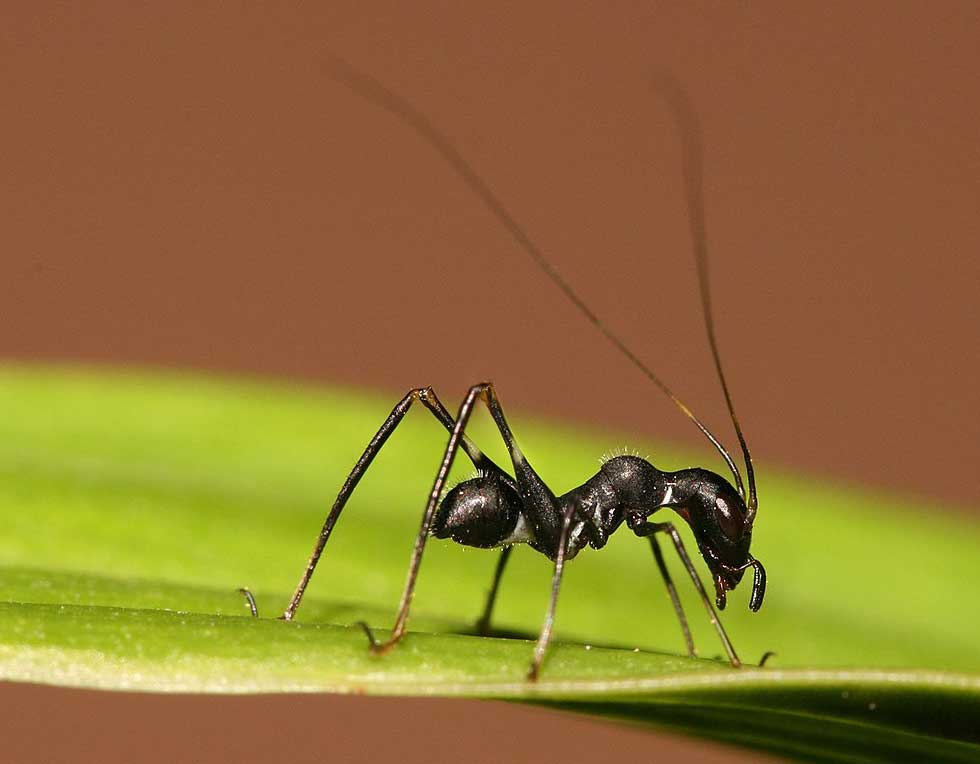
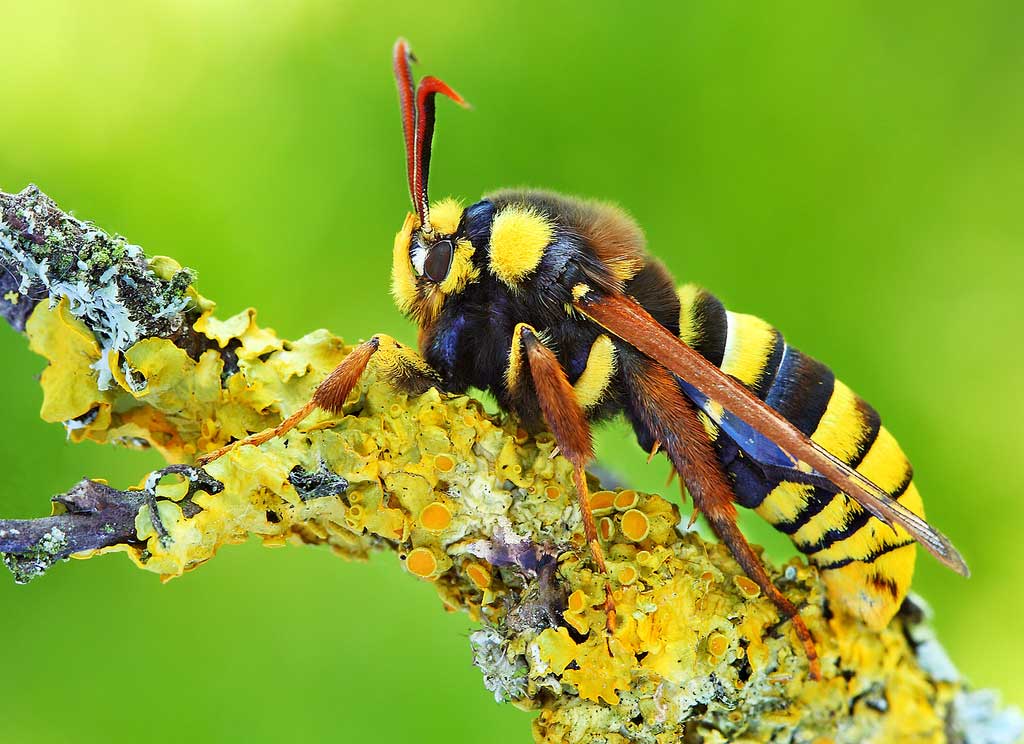
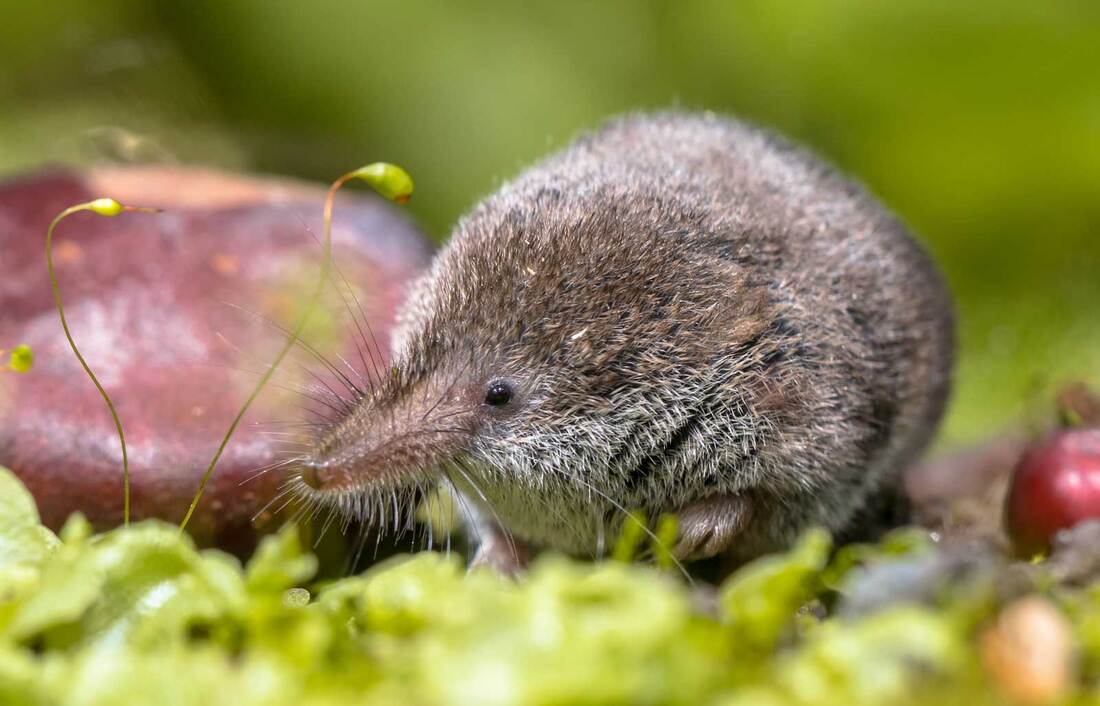
 RSS Feed
RSS Feed